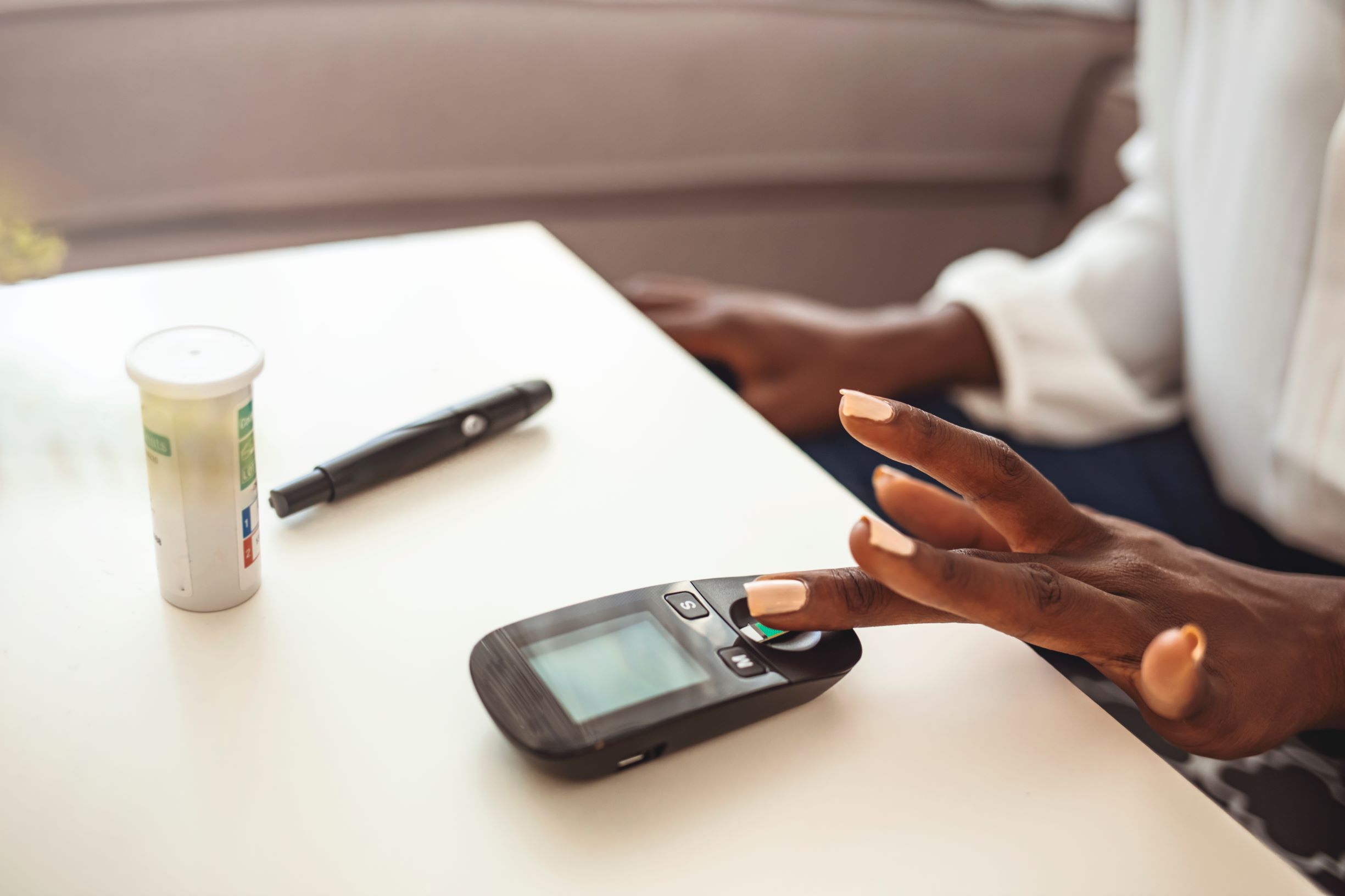Three ways diabetes is different for women

Diabetes is caused by high blood sugar levels in the body, either because your body doesn’t make insulin (type 1) or because your body is resistant to insulin and can’t make enough (type 2). More than 90 percent of people with diabetes have type 2.
About 15 million women in the United States have diabetes – that’s more than 10 percent of us. And as many as 27 million of us are at high risk for developing type 2 diabetes.
While diabetes rates are just as high in men, there are ways that diabetes specifically affects women. We talked to Dr. Roula Zahr, endocrinologist and diabetes expert at OHSU’s Harold Schnitzer Diabetes Health Center, about these differences.
1. Our heart disease risk increases more than men’s.
Having diabetes doubles men’s heart disease risk. But for women, the risk increases even more.
Without diabetes, women are much less likely to have heart disease than men – our hormones are protective. But with diabetes, this protective factor is no longer enough.
“Women with diabetes tend to have even more heart disease than men with diabetes,” Dr. Zahr says. “The protective factor of estrogen is lost.”
Moreover, some studies have shown that the health care system is not as aggressive in managing heart disease and its risks (like obesity and high blood pressure) in women as in men.
Finally, women are also more likely to have lower income, lack of access to health care, and lack of time or ability to focus on caring for themselves on top of caring for others. This puts women with diabetes at higher risk for all complications, including heart disease.
2. We at more at-risk for urinary tract infections, a very common complication of diabetes.
Diabetes increases the risk of all infections but urinary tract infections (or UTIs) are so common because diabetes also impacts the bladder.
“Diabetes, especially if it’s not under control, can cause neuropathy,” says Dr. Zahr. “Neuropathy is nerve damage, and damage to the nerves controlling the bladder can lead to trouble emptying it.”
Leftover urine in the bladder is a big infection risk.
Neuropathy also makes it harder to feel the usual signs and symptoms of infection. Women may not feel pain or burning with urination until the infection has gotten worse.
3. Our hormone cycles can change our response to insulin.
For many diabetic women who take insulin, their bodies may respond differently to insulin throughout their hormone cycle.
“Many women report higher glucose and the need for more insulin about one week before their period starts,” Dr. Zahr says. “But this can be different for each person, so I always recommend monitoring closely. If we see a pattern, we can adjust insulin levels during that part of their cycle.”
For women managing diabetes through diet and exercise, this change is often not noticeable. But more extreme hormonal shifts, like pregnancy, almost always lead to higher blood sugar and the need for more insulin and more careful management.
Menopause is another time of shifting hormones for women, but the impact on diabetes in this phase is less clear.
“There are so many factors during menopause,” says Dr. Zahr. “As we age, we are more likely to have new health problems, gain weight and make lifestyle changes. All these things also affect diabetes symptoms. We always look at the whole picture, not just hormones.”
Prevention is possible
There is good news. If you have diabetes, good management will make all three of these effects less of a problem.
If you don’t have diabetes or have pre-diabetes, know that type 2 diabetes is often preventable through healthy eating and exercise. If you are obese, even a small amount of weight loss can delay or prevent diabetes.